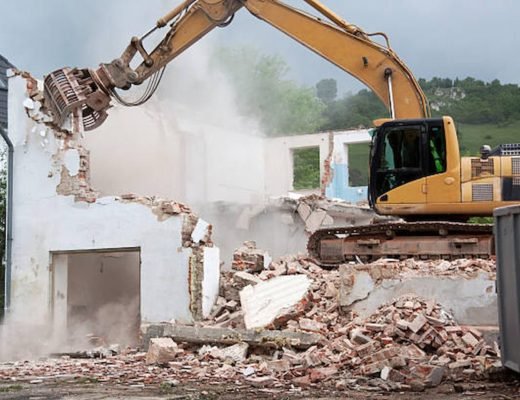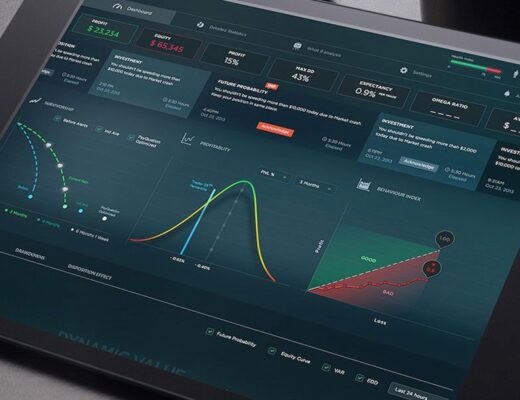CCTV (closed circuit TV) is a subject which often provokes a mixed public reaction. Many people feel that there are too many cameras monitoring public areas. Others feel a lot more secure knowing CCTV systems are in use in their area. In fact, it is worth stressing that the purpose of CCTV is not to intrude on those going innocently about their business, but to deter crime.
There is indeed ample evidence of the effectiveness of CCTV. A recent UK survey focusing on one metropolitan area found a crime reduction of some 51 per cent in public car parks, along with a 23 per cent drop in crime on public transportation, following the installation of CCTV systems. CCTV is also increasingly being used to provide evidence in prosecutions; helping businesses secure high-quality insurance arrangements.
Moreover, these days, CCTV is becoming more technologically advanced. CCTV systems are, overall, becoming better at providing focused, detailed information; covering set periods, such as a night shift in a warehouse. The breakthrough has largely come in the form of video analytics.
Video analytics is a process by which CCTV cameras can be pre-programmed to offer specific information about their footage, sometimes even in real-time. For example, cameras can be programmed to set off an alarm based on certain visual triggers, such as a person entering a space at a certain time.
Finally, video analytics also cleverly enable the flagging of irregular movement patterns across a specified area; pre-determined by the programmer.



